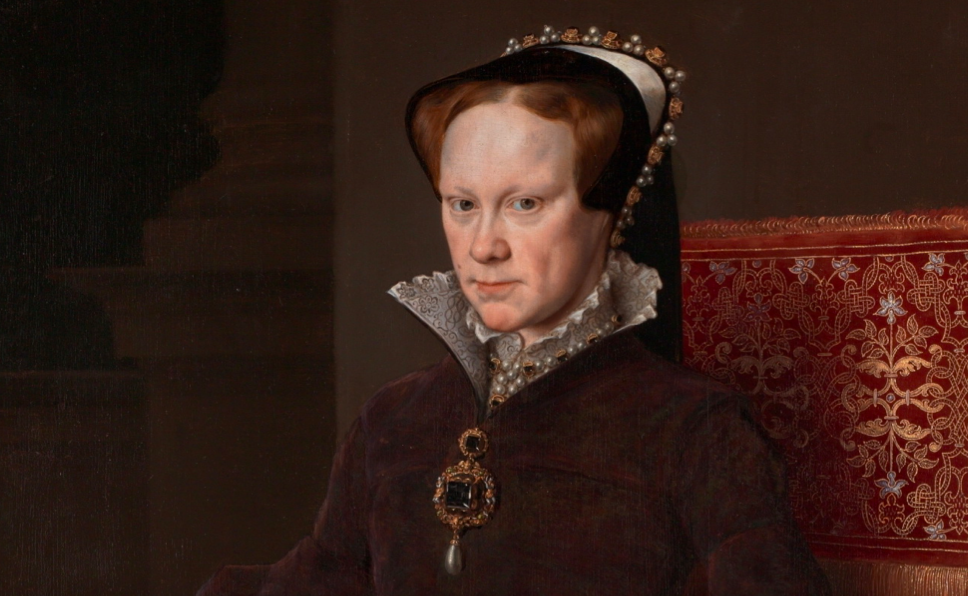
There have only been a handful of queen regnants in Britain’s history. Queen Elizabeth II was the most recent, having reigned a historic 70 years, but 400 years before her reign began, the first queen regnant was crowned: Queen Mary I.
The eldest daughter of Henry VIII and his first wife, Catherine of Aragon, Mary Tudor, lived a tumultuous life. Born as a legitimate heir, then named illegitimate when her father divorced her mother, she was finally restored to the line of succession in the last years of her father’s life under the guidance of his last wife, Katherine Parr. However, even as Henry made her second in line to his throne, there was little real expectation that Mary would reign. His crown would pass to his only legitimate son, Edward, and his descendants. But Henry died when his son was just nine.
Edward VI, who reigned from 1547 to 1553 before succumbing to a lung infection, did not want his sister to follow him on the throne. He was Protestant, and Mary was staunchly Catholic. He feared she would attempt to restore Catholicism to the kingdom and tried to bar her from succeeding by naming their cousin, Lady Jane Grey, just before he died. She lasted nine days before Mary rode into London, triumphant, and took her rightful throne.
And on 1 October 1553, she became the first queen regnant of England to be crowned. She was the first to rule in her own right. And with this being an unprecedented reign, the rules that governed coronations prior to hers needed to be replaced with rules for a queen.
According to The Tudor Society, Mary’s coronation began at 11 am on that Sunday and lasted until 4 pm. She was followed into Westminster Abbey by her younger sister and heir, Elizabeth, and the only one of their many step-mothers still living, Anne of Cleves.
Though her coronation took place in the Abbey, she was not crowned by the Archbishop of Canterbury: he was imprisoned in the Tower of London, and so she was crowned instead by the Bishop of Winchester.
Queen Mary also insisted on a new Coronation Chair, as she felt her late brother’s Protestantism had tainted its sacristy. Westminster Abbey’s website notes that a chair may have been sent to her by the Pope, but it has since been lost to time. Queen Mary also refused the coronation oil once used by Edward because it, too, had been tainted. The Bishop of Arras, himself a Catholic, sent her new oil to use.
According to reports, as she walked into the Abbey, Mary was preceded by three naked swords representing Spiritual Justice, Temporal Justice, and Mercy (a curtana carried by the Earl of Derby). As she walked inside, the Bishop of Winchester announced all the Queen’s pardons: excluding anyone imprisoned in the Tower of London or Marshalsea and anyone who had supported Lady Jane Grey.
Elements of Mary’s coronation followed that of her parents’ coronation in 1509, and some of the costuming was later recycled for Elizabeth I’s coronation in 1558.
In the centuries since her reign, Queen Mary’s reputation has been shattered by the zealous nature of her reign—she earned the sobriquet ‘Bloody Mary’ for a reason, after all. She reigned for a brief five years, unpopular and was succeeded by the eternally popular Good Queen Bess, who reigned from 1558 to 1603.

